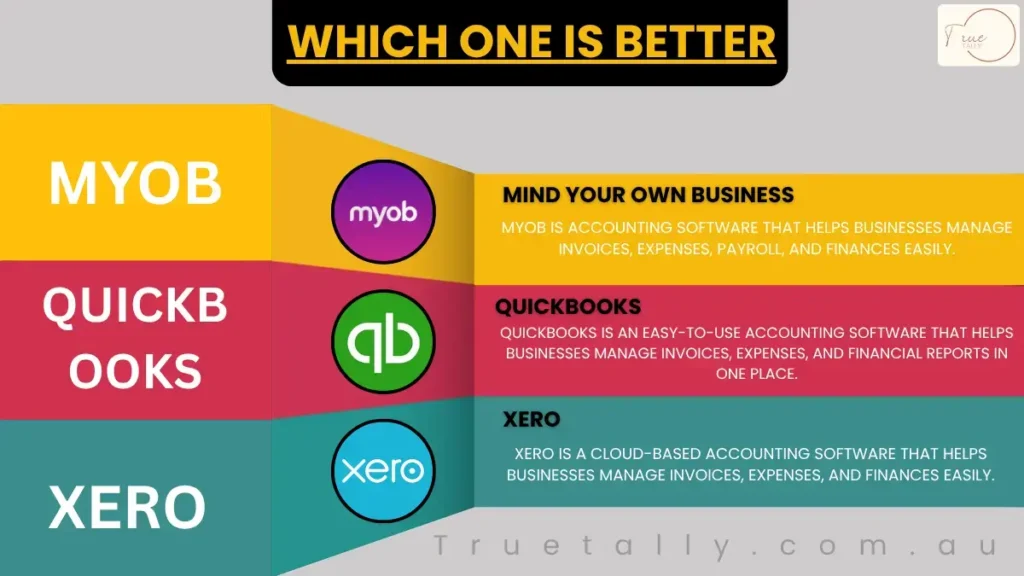An ATO tax audit is an official examination conducted by the Australian Taxation Office (ATO) to review a business’s financial statements, tax returns and overall compliance with Australian tax laws. The audit ensures that businesses are complying with their tax obligations, accurately declaring income, expenses and deductions, and complying with tax regulations. Depending on the risk level, an ATO audit can include a simple compliance review or extend to a full-scale tax investigation, requiring detailed scrutiny of financial documents.
The scope of an ATO audit depends on factors such as the size of the business, industry and financial activity. Businesses with a high risk profile or irregularities in their tax filings are more likely to face an in-depth audit. The ATO relies on data-matching technology to uncover inconsistencies, which can trigger targeted reviews. Maintaining accurate tax records and reporting is important for businesses to remain compliant and reduce audit risks.
Understanding an ATO Audit
Let’s break down what an ATO audit really means in simple terms. Think of it as the tax office checking whether your claims are accurate. The ATO checks that the income you claim and the deductions you claim are correct, and that you have supporting evidence.
It’s important to distinguish between the levels of review:
- ATO review: This is often a quick, automated check on specific claims that seem unusual. It may include requesting receipts or additional details.
- ATO audit: This is a full review of your financial records. The ATO will closely examine your tax return, looking for inconsistencies in multiple areas.
- Adjustment: This is the outcome, not the process. If the ATO finds errors during a review or audit, it issues a revised assessment adjusting your tax liability.
This level of scrutiny can affect anyone, from employees claiming work-related expenses to homeowners, small business owners and cryptocurrency investors.
How Far Back Can an ATO Audit Go?
The ATO can review tax records from two to four years ago. For individuals with simple returns, this is usually limited to two years. For businesses or people with more complex financial matters, the ATO can examine up to four years, covering everything from asset sales to dividend payments and PAYG reporting issues.
The ATO often examines over several years if it sees a consistent pattern or discrepancy. Key triggers for a multi-year audit include:
Sudden Income Changes:
A large change in income from year to year for no apparent reason may not attract attention.
Unverified Asset Sales:
Failure to report income from property or share sales can result in serious penalties.
Significant Deduction Variances:
Claiming very different deductions over the years, especially if they don’t match your income or lifestyle, can trigger an audit.
Large Deductions or Credits:
Claiming large deductions or credits without the right documentation can raise concerns.
Inaccurate Business Records:
Incomplete or mismatched records compared to your tax return can alert the ATO.
Anonymous Reports:
Tips from third parties can trigger an audit.
High-Risk Industries:
Industries such as property, construction and self-employment are audited more frequently.
Late Tax Filings:
Regularly late tax filings can indicate attempts to conceal information, leading to a multi-year review.
Foreign Assets or Income:
If you have foreign income or assets, the ATO may investigate your reporting.
Social Media Activity:
Posts about expensive expenses or undeclared income can lead to a full ATO investigation.
Cash-Heavy Businesses:
Businesses that deal largely in cash often face greater scrutiny due to potential underreporting.
Recommended to Read: What Is GST in Australia? A Complete Guide for Small Businesses
Real-World Situations And Consequences
Understanding the rules is one thing, but the risks become more tangible when you look at real-life examples. Honest mistakes can trigger an ATO review more easily than you might think.
Example 1: An employee in a new sales position claims $10,000 in car expenses but lacks a logbook to justify the business-use portion. The ATO considers this unusually high for their role, which triggers a review.
Example 2: A homeowner refinances a rental property loan, taking out $50,000 to buy a car. They continue to claim 100% interest on the entire loan, which is incorrect. The ATO identifies the discrepancy by matching the data with the bank.
Example 3: A small business owner claims that all fuel and meal expenses are entirely business-related, even though they use the vehicle for personal trips and often go out to eat with family.
If the ATO finds errors, they issue a revised assessment reflecting the revised tax and interest. Penalties can also apply, ranging from 25% of the deficit for negligence to 75% for deliberate disregard of tax laws.
And what if you ignore an ATO audit letter? Ignoring it is the worst option. The ATO will act on the information it has, possibly rejecting all claims and issuing a default assessment with penalties. This could lead to legal action and debt recovery. For guidance, read our detailed resource on what to do when you receive an ATO audit letter.
ATO Audit Penalties
The ATO understands that tax laws can be complex and that real mistakes can be made. If you handle your tax affairs carefully and voluntarily report any errors, you may be able to avoid a penalty (although this is not a guarantee). Many taxpayers take advantage of the ATO’s Safe Harbour rules, particularly where they have followed the advice of registered tax agents or made a good faith effort to do so.
However, if there are errors or deliberate non-compliance, the penalty can be significant:
- Failure to exercise reasonable care: 25% of the tax shortfall
- Reckless conduct or repeated omission: 50% of the tax shortfall
- Willful evasion or deliberate omission: 75% of the tax shortfall
- Plus a daily compound general interest charge (GIC) on any unpaid amount
The ATO may reduce this penalty if you voluntarily disclose errors before any audit begins. They also take into account factors such as your past compliance and personal circumstances when determining the final penalty.
Key Points
While no one likes to face an audit, it’s important to remember that it’s a normal part of running a business (or managing tax).
The most effective way to handle an ATO audit is to make sure your tax return is accurate and complete before you submit it. Keeping complete records throughout the year will help you easily provide any information or documents requested by the ATO during an audit.
With careful preparation and the right approach, you can navigate an ATO audit with minimal stress and disruption to your business.
Don’t hesitate to reach out for professional guidance if you need it.
Truetally has a team of skilled tax experts who know the audit process inside out. We understand that this can be a challenging and confusing time for our clients, so we offer a free consultation to review your situation.



